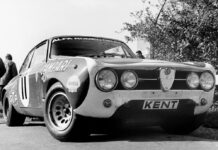The Porsche 963 inherits a heavy legacy, that of the legendary 962 sports-prototype racing car. Is anyone nervous? Not at all. Not even when thunder and lightning delay testing at the Daytona International Speedway.

The Daytona International Speedway
A siren wails loud and shrill over the sprawling grounds of the Daytona International Speedway in Florida. Enormous cloud formations, varying from dark gray to almost black, gather dramatically in the sky, while an oppressive, sweltering heat weighs down upon everyone and everything. The roar of the thunder is soft and distant, but the siren means: all cars from the track for at least half an hour. The Porsche 963 LMDh prototype has to remain in the garage. For the moment. The regulation is there for everyone’s protection: engineers, team principals, mechanics, above all the track marshals, sitting out in the open in their lawn chairs next to the guardrails with nothing but flimsy protective walls between them and the cars. The only person who has nothing to fear from a lightning strike carrying more than a hundred million volts is the driver behind the wheel of the Porsche 963 with its 800-volt hybrid system. Faraday cage and all that. A physicist could explain the phenomenon. But not us. All we can do is drink coffee and wait. The siren wails two more times, ninety whole minutes elapse before we get the all-clear. In near-total silence, running on electric power only, the 963 rolls out to the end of the pit lane. Only then does the turbo V8 kick in. And that’s the moment true fans would be waiting for, the much-anticipated thunderclap that signals the start of the race. The lightning – to continue the metaphor – follows two or three laps later. It is painted red, white and black and bears the number 963 on its fin.
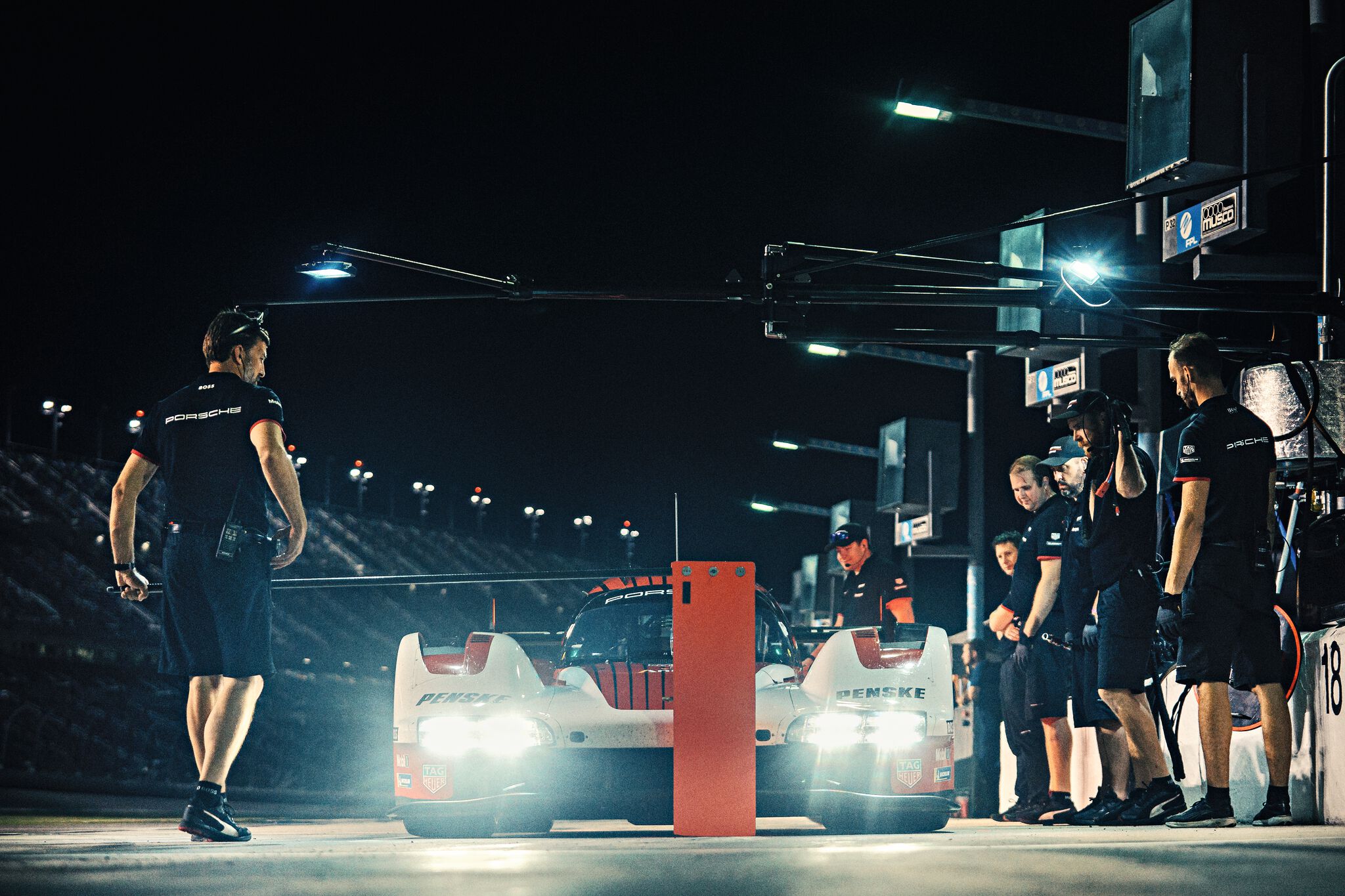
In clear, more technical and more motorsport-appropriate terms: Porsche is testing a new prototype. Few sentences on this earth carry such timeless validity. Newton’s laws of motion, perhaps – though no one is sure whether these truly apply throughout the entire universe. With Porsche, things are different. The prototype primarily serves to expand existing knowledge and understanding, to try out new things, and to derive new ideas to make the car faster, better, more efficient, safer or more drivable. It forms the basis of what may be described as pure Porsche DNA. The prototype is the most Porsche of all Porsches. Or, to quote Jeremy Clarkson: When the English build the perfect sports car, they go to the pub to celebrate. But when the Germans (and here he specifically means Porsche) build the perfect sports car, they go back to the garage and make it better. It’s important to note that Clarkson, while not an avowed patriot, also isn’t really a fan of Porsche. But he does know a thing or two about cars.
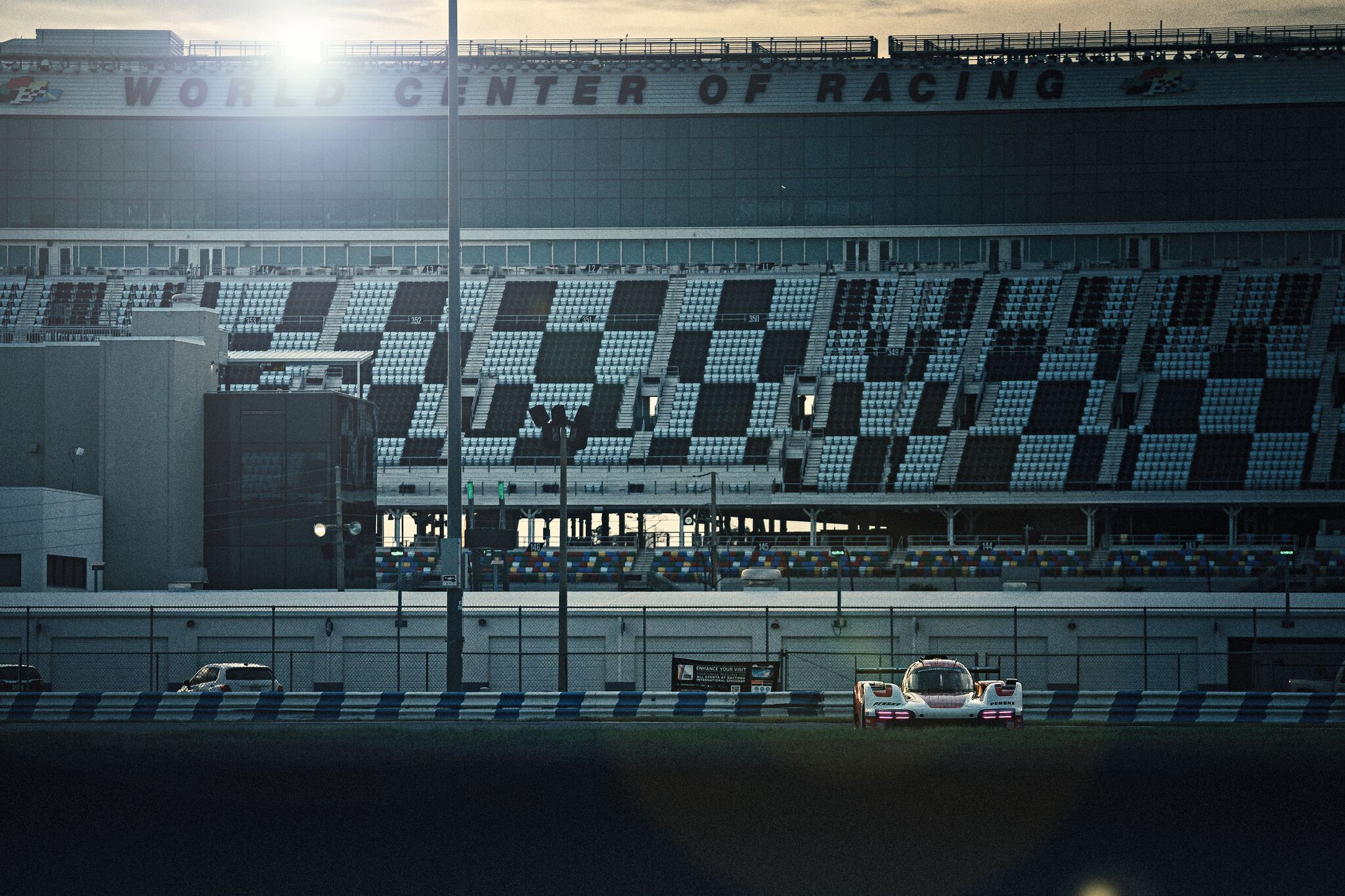
The 963 is designed to compete in the IMSA SportsCar Championship and the FIA World Endurance Series and so follows in the footsteps of the legendary 962, which today is regarded as the most successful race car ever. This is where Roger Penske comes in, born in 1937, former racing driver, entrepreneur and very classic self-made man. Forbes currently estimates his fortune at around $2.6 billion. Penske started out as a car dealer in 1965, borrowing $75,000 from his father to get started. Today, he has more than fifty thousand people working for him. Sports Illustrated named him Driver of the Year in 1961. While many men his age are being pushed around in wheelchairs to go play bingo or are long dead, Penske is leaning up against the pit wall at Daytona, looking a little tense. The 963 is jacked up in front of him. The team is busy at work, focused but not frantic. The goal is to practice the steps, to learn the routines for handling the high-voltage racing technology. Penske observes, holding his iPhone in his hand, the stopwatch running on the display. He’s measuring the amount of time his boys need to do the job.
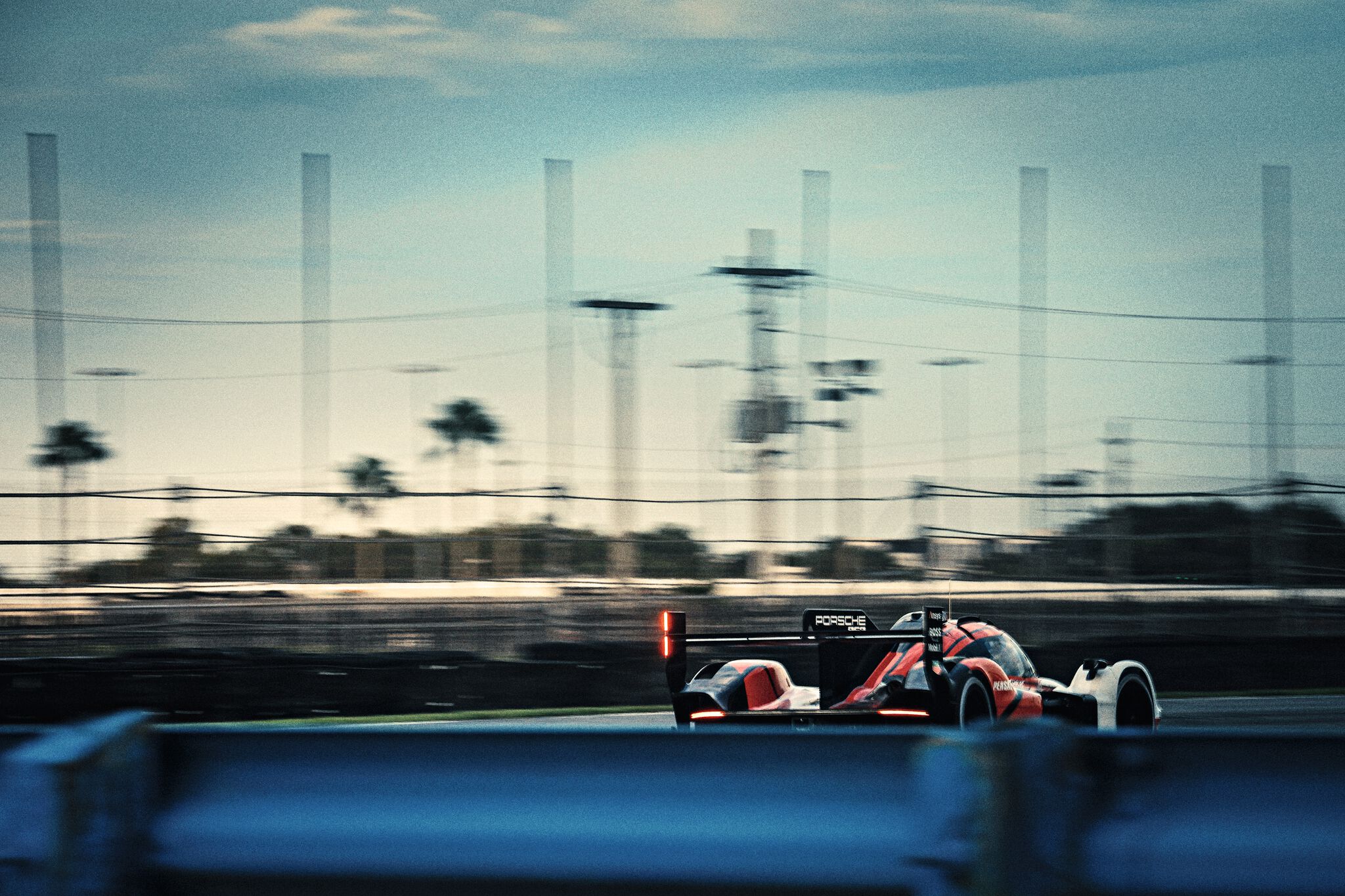
Porsche and Penske. That’s an honest relationship. Both have little left over for nostalgia. Anyone who lives for motorsport drives the future before them. Only the next lap counts, only the next improvement is of interest, only the next race, the next victory. The past, the heroic tales, are for others to tell. People like us, for example.
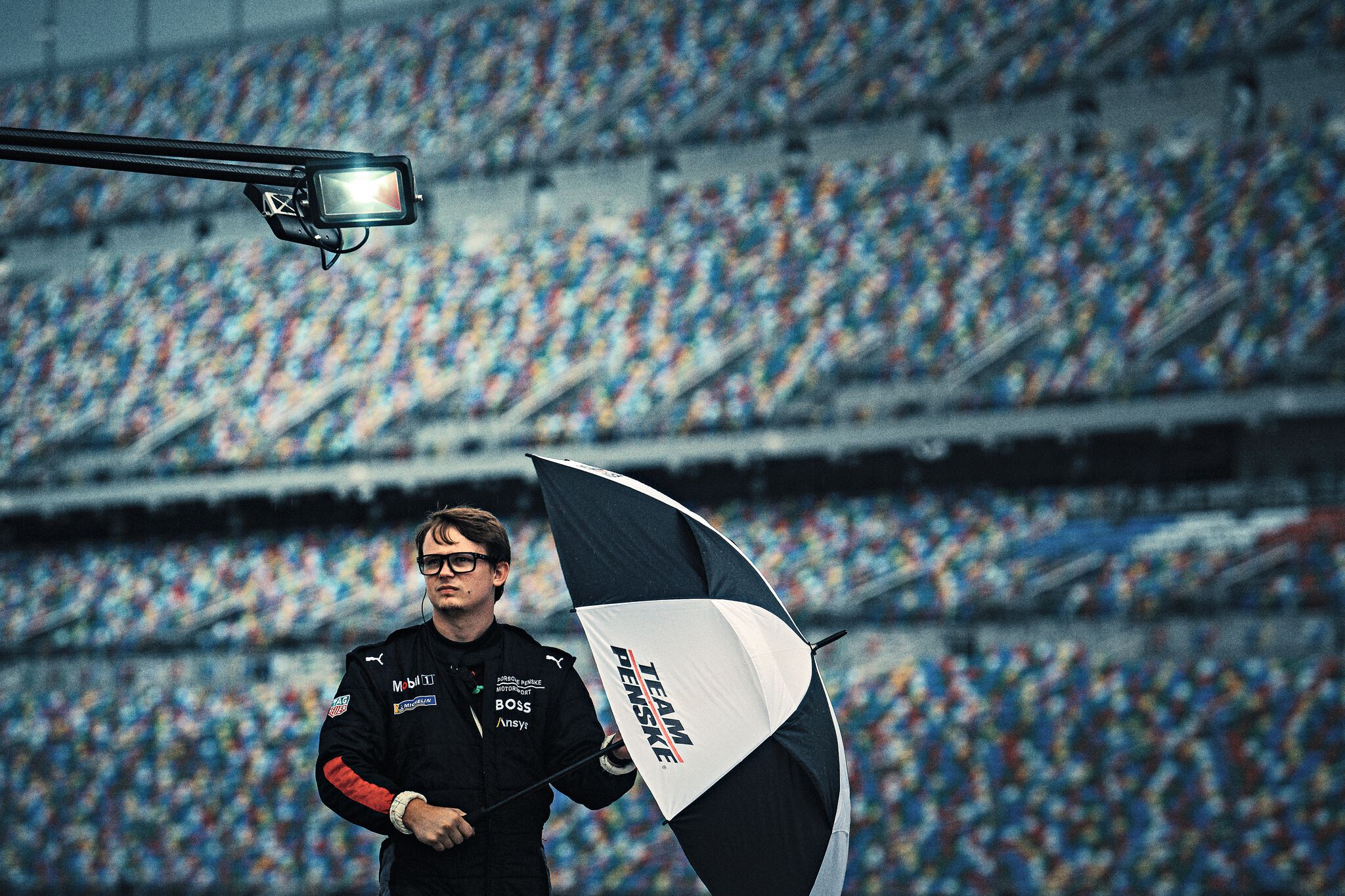
Okay, then. Because in addition to its weighty legacy and imposing number, when the 963 debuts at Daytona this coming January, it will be accompanied by the anniversary of a unique victory dating back exactly half a century. The story starts with a stray seagull: It’s February 4, 1973, we’re at the Daytona International Speedway. Hurley Haywood is comfortably in the lead at the 24-hour endurance race – behind the wheel of a 911 RS. It’s the first outing for the car, the racing variant of the 911 Carrera RS 2.7. Victory seems within reach. Suddenly the car hits a seagull, which comes crashing through the windshield and gets stuck there. Haywood maintains control of the car and continues driving while the pit crew feverishly searches for a solution. They don’t have a spare windshield on hand. In the end, the team resorts to taking the windshield out of a privately owned 911, and Peter Gregg re-enters the race for the final laps. At 3:03 p.m., the checkered flag is waved for car number 59, ahead with a twenty-two-lap advantage. The fans cheer. The engine howls. The crew is beside itself.

The Porsche Penske Motorsport team can certainly do without a suicidal seagull when it enters two LMDh prototypes in the 24 Hours of Daytona at the end of January next year. But they certainly wouldn’t mind taking home a win in the first race of their new car. The 963’s official competitive debut comes almost exactly fifty years to the day after the legendary first run of the 911 RS.
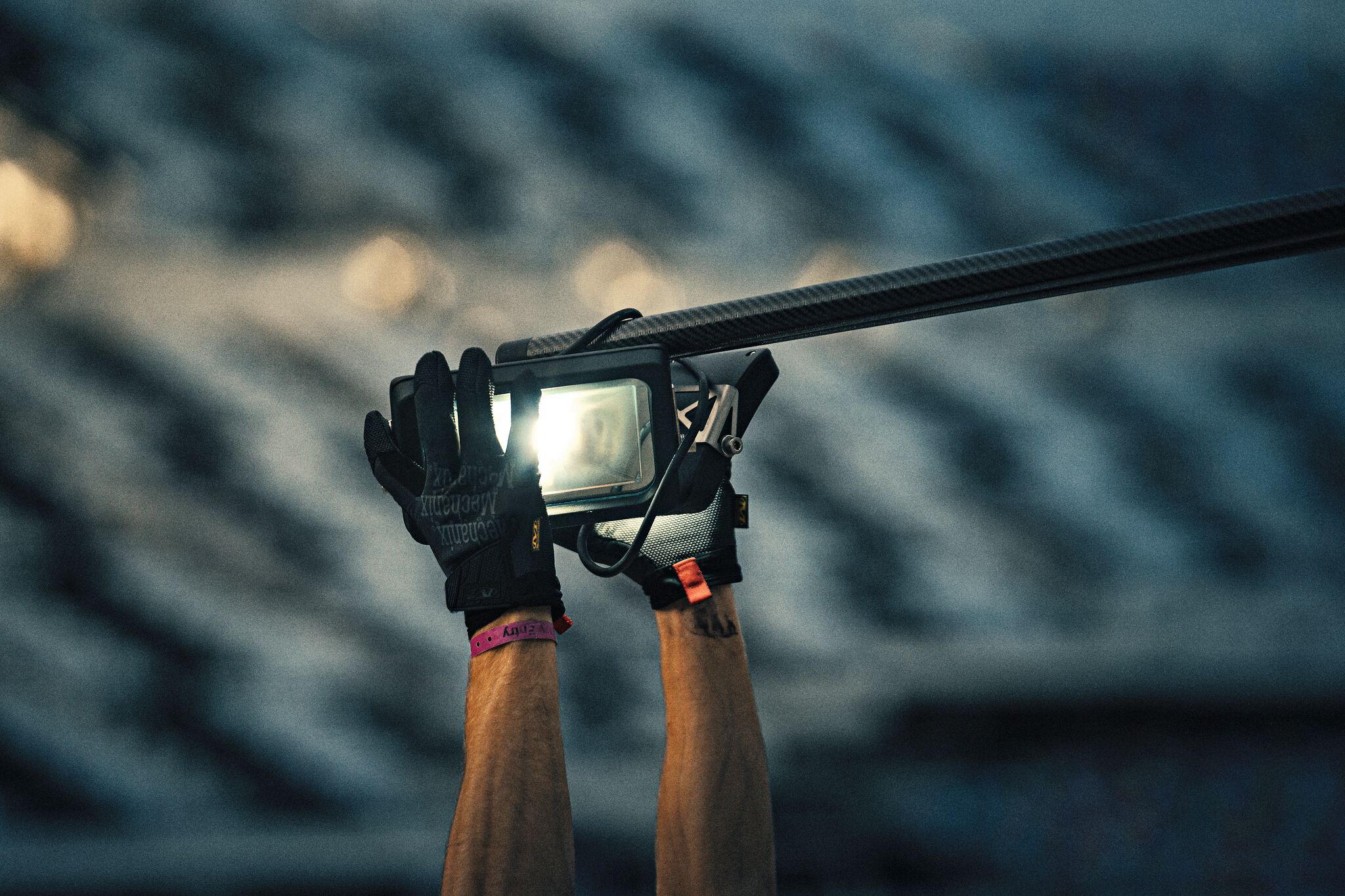
Which brings us back to the present. All eyes keep turning to the sky, where another thunderstorm is approaching, moving in the direction of the speedway. Everyone is worried that another weather-related disruption could force a halt to the testing once again. Time is pressing. The first raindrops start coming down. The 963 remains outside, but the rain is getting heavier. In a real race, weather like this would be a source of some amusement. When testing, however, everyone remains calm. Pit stop. Rain tires. Carry on. At least until the siren sounds. The 963 races across the circuit with superior ease, even on the rain-soaked track, carrying a spray of water in its wake.
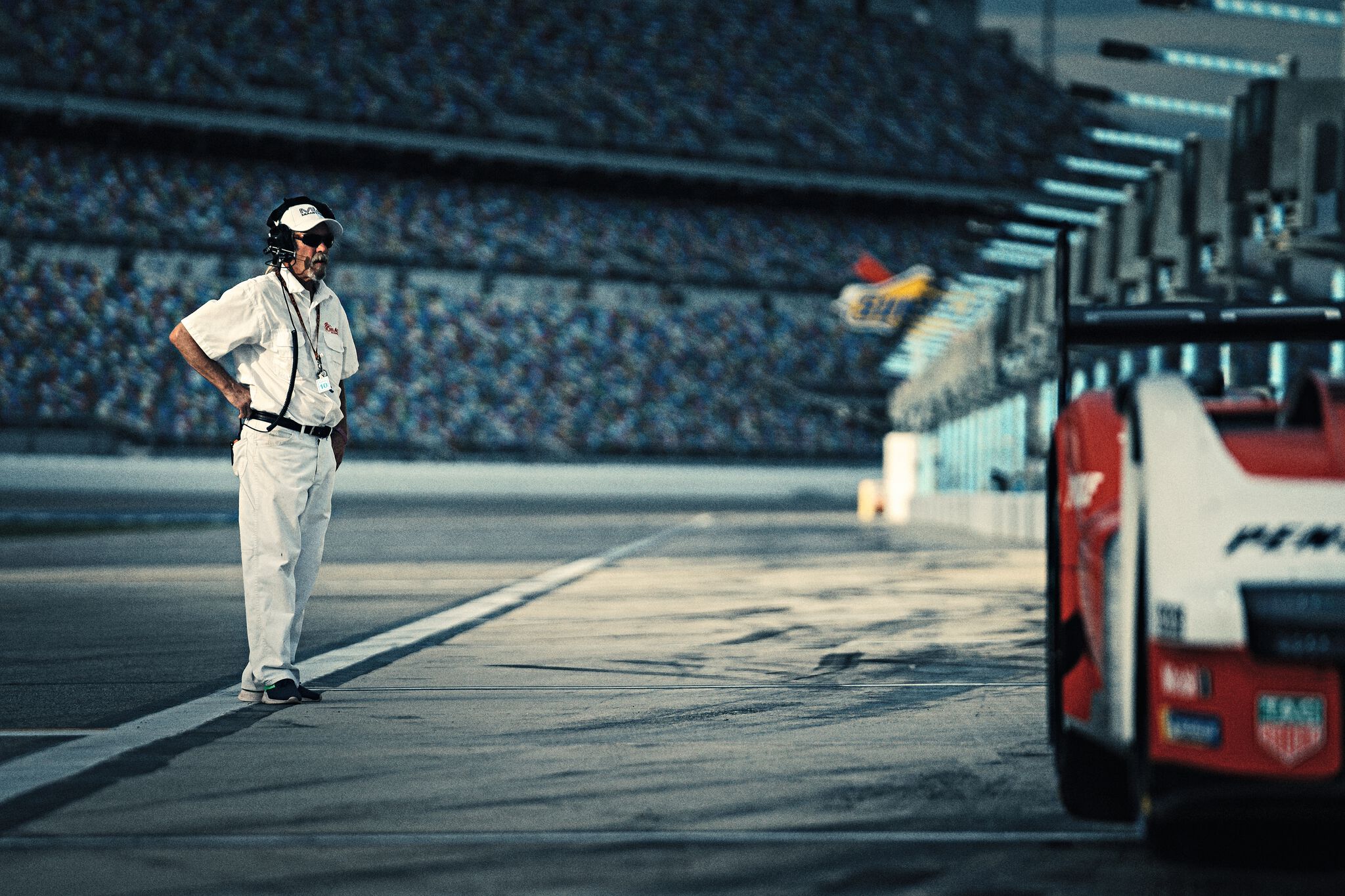
Roger Penske is joined by LMDh factory motorsport director Urs Kuratle in overseeing the testing. Kuratle is less interested in the downtimes; his main focus is on the lap times and the test kilometers that go with them. “The target is somewhere in the region of thirty thousand kilometers,” he says. The ninety minutes the team lost in the morning because of the weather didn’t help much in that regard. Kuratle has been active in motorsport since the Sauber Group C days. He was on board for the 919 Hybrid and he analyzes the situation in a rather sober way. “We are currently somewhere around fifteen thousand and counting. So we still have a ways to go.” At this point, a little spoiler: At the end of the weekend, the prototype will have clocked exactly 16,599 test kilometers.
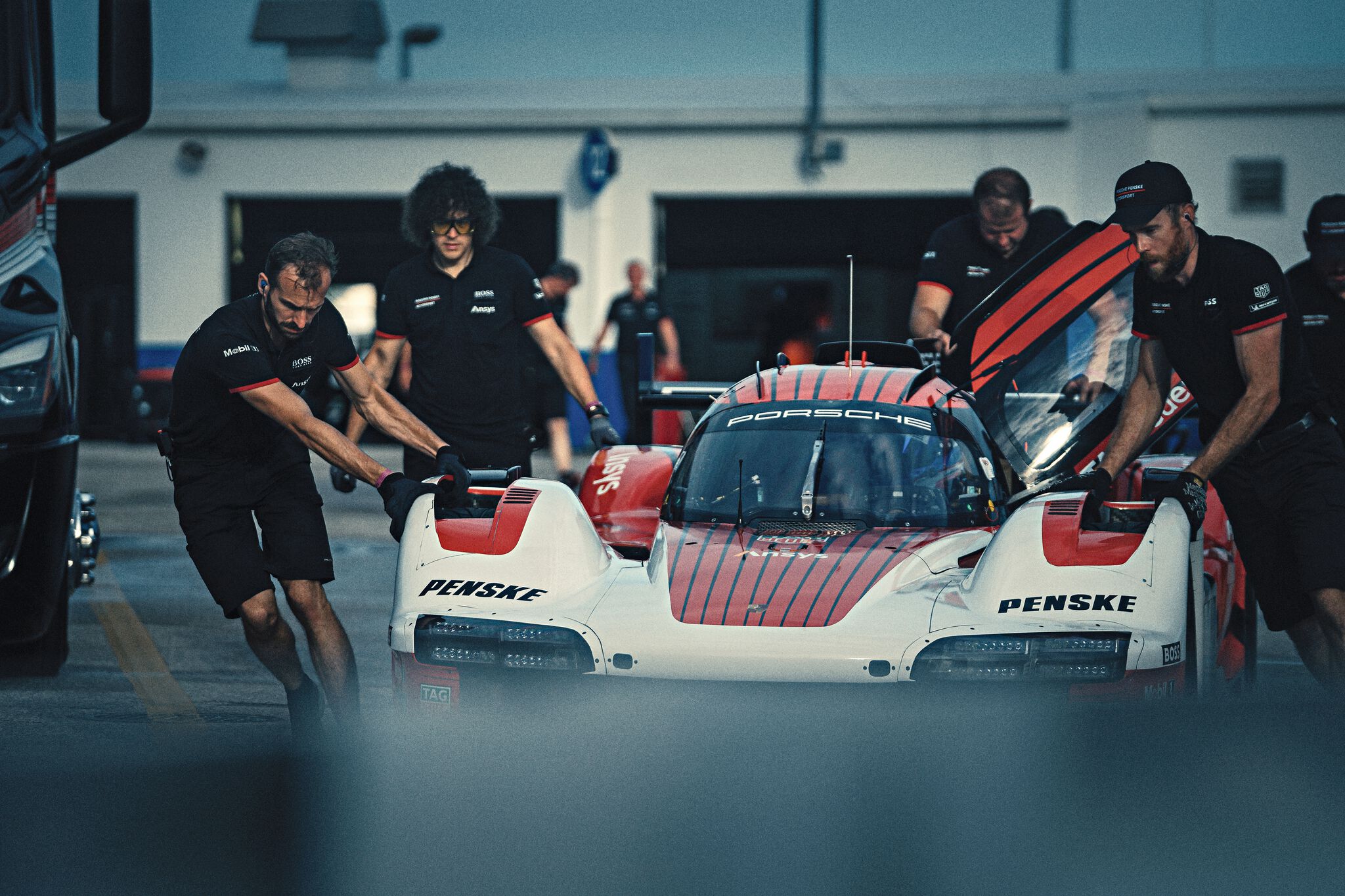
Almost three-quarters of the test program is exactly the same as for the 919 Hybrid. And yet so much is different. Most importantly: BoP. That stands for balance of performance, a regulation which allows differences in performance between race cars to be compensated for through external intervention in order to create greater parity and hence more excitement in a race series. It’s a bit like tying the laces of the fastest runners together so that the slower competitors also have a chance. The rules permit a great deal of freedom in the choice of engine for the LMDh class: displacement, design and number of cylinders can be freely selected. The maximum revs are limited to ten thousand, and the maximum pass-by noise is 110 decibels. The engine, including air intake and exhaust system, as well as peripheral components for cooling, must weigh at least 180 kilograms. This number also includes the turbocharger and intercooler, if used. The torque curve is clearly defined as well. The regulations further specify a maximum power output in the range of 480 kW to 520 kW (644 hp to 697 hp), which is one of the reasons why Kuratle doesn’t give an exact horsepower figure and instead speaks somewhat vaguely of “around 680 hp”. When it comes to the development history of the 963, which is unique for Porsche in this form, he gets much more specific, however: “A lot of partners are working together on this project: Multimatic supplies the chassis, the hybrid technology is from Bosch, the battery from Williams Advanced Engineering, the transmission from X-Trac and the engine from Porsche. And then the car is used by professional racing teams like Penske. It all has to be coordinated and brought together.” On top of that, there are the special demands of operating a hybrid race car, which presents its own unique challenges – like dealing with the high-voltage technology, for example. That all has to be learned.
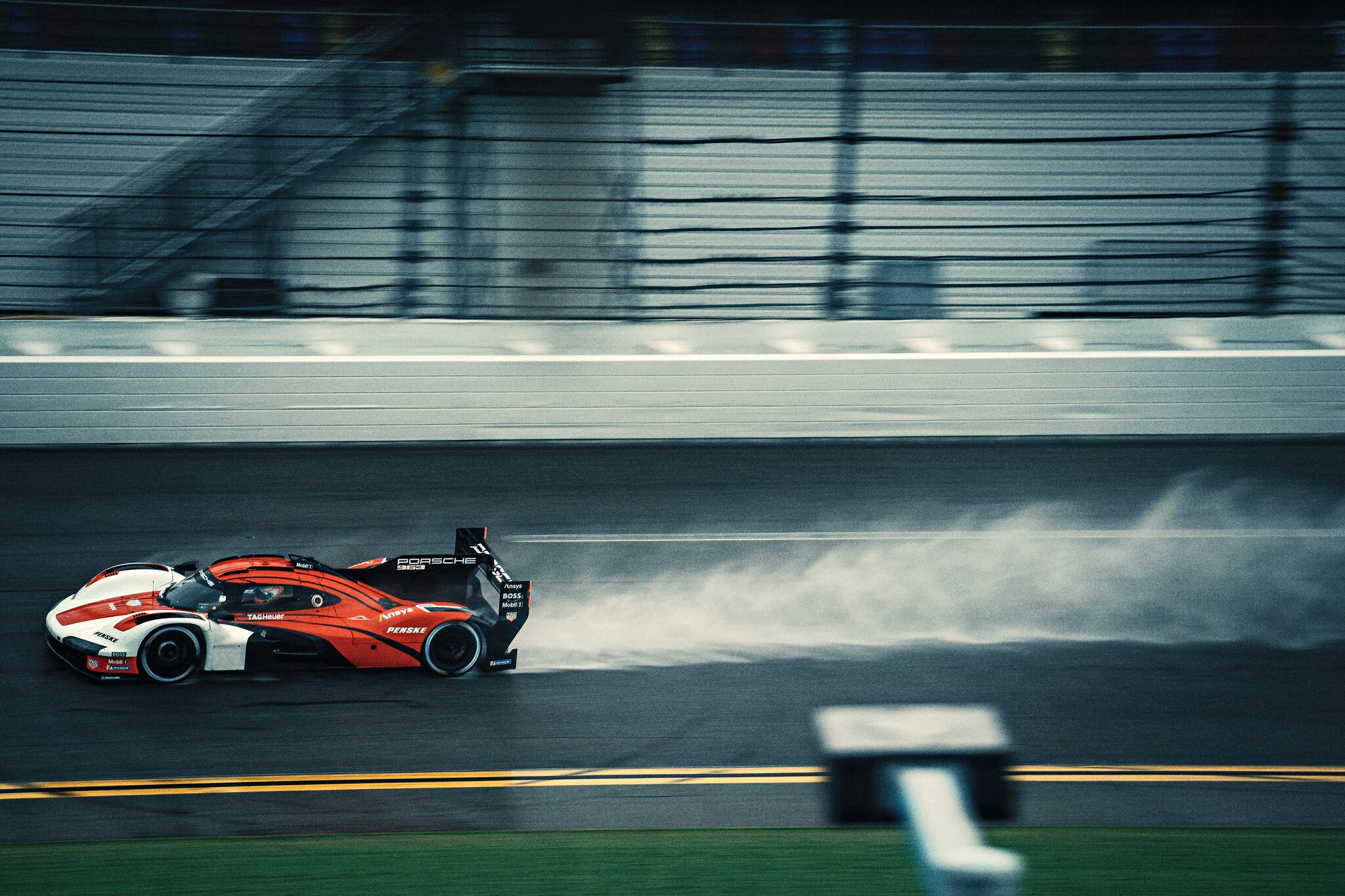
10:07 p.m. local time. The sky is pitch black over the Daytona International Speedway. All is quiet. In one of the garages, the lights are still on. The mechanics are pushing the Porsche 963 inside, for the last time today. The door rattles as it shuts. It’ll probably be another hour before all the work is done for the day, maybe more. But time is not on anyone’s mind. And so these overtime hours probably represent the only time in motorsport that isn’t clocked.
Text: Matthias Mederer, Bernd Haase
Photos: Matthias Mederer · ramp.pictures
ramp #59
As a high-impact multimedia brand that takes an all-encompassing, end-to-end approach to publishing, ramp is an absolutely authentic expression of quality, integrity and excellence. Its trailblazing luxury magazines, recognized with numerous awards over the past 15 years, have been celebrated for their cool and unconventional, not to mention inspiring and pioneering style, since day one.
ramp, the lavish and beautifully designed coffee table magazine, celebrates the enthusiasm for cars and driving in a passionately subjective, personalized fashion.
Immediate, authentic, intense. Fresh perspectives, avant-garde imagery, with a fine feeling for nuances and the right dramaturgical mix. Always new, always stimulating. Automotive passion infused with a lust for life. The automobile in new, exciting and intense contexts, precisely tailored to the relevant target group, presented in relation to music and fashion, culture and lifestyle, design and art, science and philosophy.




